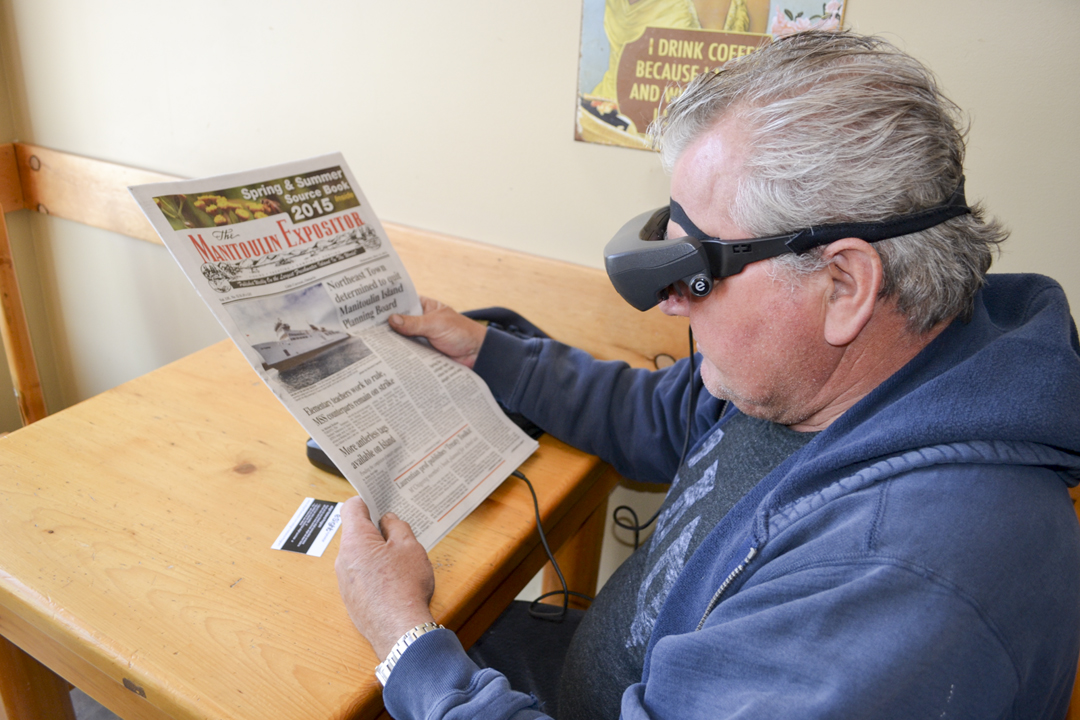Progressives need to band together to overcome the right
Remember Ontario’s earnest discussion of electoral alternatives to the traditional “first past the post” system of a particular political party forming government?
That discussion began six years ago. Four years ago, Ontarians had the opportunity to vote for change through a plebiscite held simultaneously with the 2011 provincial election.
Over the previous couple of years, the Dalton McGuinty Liberal government had paid at least lip service to the notion of change, organizing a “Citizens’ Assembly on Electoral Reform” with well intentioned individuals from every provincial riding attending a number of meetings (one of the few youth numbers of the assembly was from Manitoulin Island) where they discussed a variety of options, finally recommending “Mixed Member Proportional” (MMP) representation to the government as the preferred option and, indeed, it was on this recommendation that we voted whether or not we wanted to consider MMP an alternative way of constituting government in Ontario.
At that time, we heard much in favour of MMP from the New Democratic Party (NDP) and the Green Party in particular but very little from the governing Liberals or opposition Progressive Conservatives.
This silence from the parties which had, ostensibly, more at stake was very telling as we grew closer to the election/plebiscite date because the government of the time seemed to go out of its way not to provide much information about the MMP option which was, without explanation and on its face, pretty confusing.
It was left to the media to tell voters what they could expect should they choose change on plebiscite day. Even the officially designated plebiscite information officials (one per riding) were given virtually no budget or resources so it became clear that the traditional old parties, the Liberals and PC at any rate, were not keen on the measure passing which, of course, it did not. The majority of voters felt confused by MMP and so voted for no change which, all things considered, was what we have to think the Liberals and the Tories of the day had hoped for and had to some extent planned for.
It’s interesting to note that since the NDP in Ontario has gained seats in subsequent elections (seven new seats in 2011 and after 2014 they held the same number) they have grown notably silent on the issue as their stake in the status quo grew that much stronger.
Ontario’s experience was a repeat performance of what had taken place in British Columbia not long before and the issue has remained largely silent there as well.
This is by way of saying that as all three major national parties get within smelling distance of forming a majority government (as they just did in spades in Alberta) their appetite for changing the system, if it ever existed at all, quickly wanes.
It can be argued that toying with, and discarding, arguments for drastically changing the way in which we alter the way we form government in Canada is a prelude to the real change that would be required, at least on the national, federal, stage should voters want to see actual change come to the House of Commons.
As MMP or something like it could not get traction in two provinces, there is no likelihood at all that we would embrace anything other than first past the post in electing our national governments.
The Conservatives went through a forced marriage between the short-lived Reform Party and the federal PC Party in order to emerge as a (more or less) united front that has stayed in office, in minority and majority positions, for nearly a decade under Prime Minister Harper’s leadership.
The Conservative Party was a reconciliation of sorts since virtually all of the Reform Party’s members had come from the PC fold not too many years before.
But Canada’s “progressive” parties, notably the Liberals and the NDP, must eventually consider also coming together in some sort of “Liberal Democratic” model if they wish to keep the unified Conservatives out of power for any significant amount of time.
This would leave us, like the United States and Great Britain, with two main centrist parties: one that leans left and one that leans right and so would give every Canadian the idea that, from time to time, everyone’s vote helped elect a government. That, we should remember, was the focus of the MMP option: a way of everyone’s vote counting.
Changing the system of election just isn’t going to happen overnight and if the BC and Ontario experiences prove anything it is that the big old parties will do whatever they can to keep the status quo intact as they act in their individual interests.
Now that the federal NDP has tasted Official Opposition status, it’s hard to imagine they would take their chances with something like the mixed member proportional alternative.
We’ll have a federal election on October 19, as scheduled. The Conservatives will form either a reduced majority or perhaps a minority government, but they will hold on to power while the progressive vote splits among NDP, Liberal and Green candidates, as has been happening.
In the next couple of years, Prime Minister Harper will retire as party leader, new blood will be found and transfused and the one–and-only centre rightist party will have a new lease on life.
If it’s going to be time for change, the progressive parties should be beginning discussions about now on a united approach to the 2019 federal election.




